Graham Reid | | 9 min read
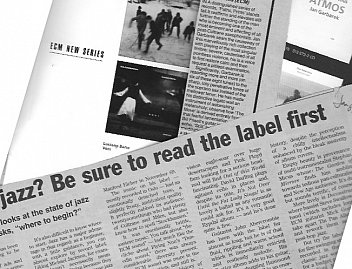
At that time however most of the key jazz musicians had found homes on important big or small American labels, so ECM was launched with the album Free At Last by former Billie Holiday pianist Mal Waldron, a recovering junkie who was living in Europe after a breakdown.
It would be his only ECM recording and Eicher started listening and looking around. He quickly found pianist Keith Jarrett who had made his name with Charles Lloyd, Miles Davis and some albums under his own name.
Jarrett was clearly a talent in the making and he became a cornerstone artist on ECM alongside European players like saxophonist Jan Garbarek whose clear and almost clinical tone gave the label a reputation of presenting austere and sometimes emotionless music, and wrapping it in covers which favoured that impression.
These days – half a century on from its modest start – ECM has a catalogue of literally thousands of albums and the diversity is extraordinary: Art Ensemble of Chicago to Bill Frisell, Chick Corea to Evan Parker, Gavin Bryars to Zakir Hussain.
The label resurrected the career of Charles Lloyd, and made names of Tomasz Stanko, Arvo Part, Stephan Micus and many many others.
It even enjoyed hit albums with Officium (Garbarek and the Hilliard Ensemble) and Tabula Rasa (by Part).
There is also a classical imprint ECM New Series and books of the album cover art.
There is enormous musical diversity on the ECM label . . . but also some oddities, sometimes strange even by ECM's all-encompassing ethos.
Here are 10 ECM albums in my collection, and we start with one by the label's star player . . .
Keith Jarrett: Spirits (1985)
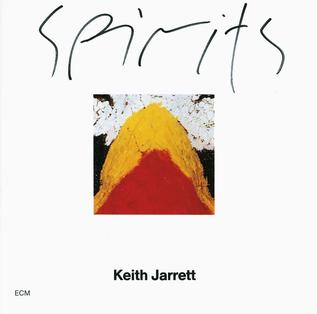 Perhaps after his successes for the label with albums like his debut Facing You, his massive Sun Bear Concerts set (10 LPs at the time) and the Standards albums (with Gary Peacock and Jack DeJohnette) either his ego or Eicher's indulgence allowed for this double album on which the pianist plays tabla, various flutes and recorders, glockenspiel and more. The 26 pieces (all numerically entitled Spirits) were recorded in Jarrett's own New Jersey studio on cassettes with “no other purpose than allowing them to happen: filling a need”.
Perhaps after his successes for the label with albums like his debut Facing You, his massive Sun Bear Concerts set (10 LPs at the time) and the Standards albums (with Gary Peacock and Jack DeJohnette) either his ego or Eicher's indulgence allowed for this double album on which the pianist plays tabla, various flutes and recorders, glockenspiel and more. The 26 pieces (all numerically entitled Spirits) were recorded in Jarrett's own New Jersey studio on cassettes with “no other purpose than allowing them to happen: filling a need”.
They weren't intended to be released to the public he said . . . but of course they were, but even Jarrett fans felt this didn't fill any particular need they had.
It is on Spotify here
.
Shankar/Caroline: The Epidemics (1986)
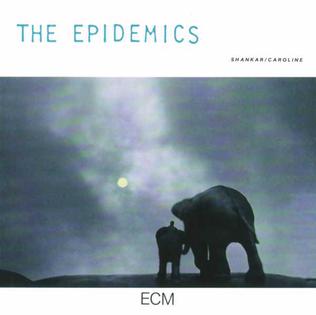 Here's one for the pub quiz: Has rock guitarist Steve Vai ever recorded for ECM? Answer: yes, as a member of the Epidemics, the band fronted by former Shakti violinist/synth player L. Shankar and British singer/keyboard player Caroline Morgan.
Here's one for the pub quiz: Has rock guitarist Steve Vai ever recorded for ECM? Answer: yes, as a member of the Epidemics, the band fronted by former Shakti violinist/synth player L. Shankar and British singer/keyboard player Caroline Morgan.
This is a kind of post-punk electro-pop outing with bassist Percy Jones and synth players Gilbert Kaufman and apparently the uncredited Dileep Kumar (aka film composer and musical polymath AR Rahman). Synth pop with very little catchy pop, emotionally flat vocals by Caroline, widdly rock guitar by Vai and bassist Jones probably wondering why he was doing this.
Shankar wasn't much longer on ECM after this one.
It is on Spotify here
.
Bengt Berger: Bitter Funeral Beer (1981)
 An odd one on ECM but a damn fine album, although it did occasion some accusations of cultural appropriation, as with the Brian Eno/David Byrne album My Life in the Bush of Ghosts released the same year.
An odd one on ECM but a damn fine album, although it did occasion some accusations of cultural appropriation, as with the Brian Eno/David Byrne album My Life in the Bush of Ghosts released the same year.
Berger is a Swedish drummer, composer and ethnomusicologist. For this sole outing on ECM he based the rolling music for the Arkimedes Ensemble and Ett Minne For Livet collective (with guest Don Cherry on pocket trumpet) on funeral music of various Ghanian peoples. The first slow side opens with the long title track which includes Kundar village women crying at the funeral of a child. It is quite moving and respectful. The pace picks up with drum ensemble pieces after that.
The 22 minute second side however is a real swirling trip and recommended for those who want an Afrocentric groove, albeit by Swedish musicians.
Start with Darafo, the whole album is on Spotify here.
.
Lask: Lask (1982)
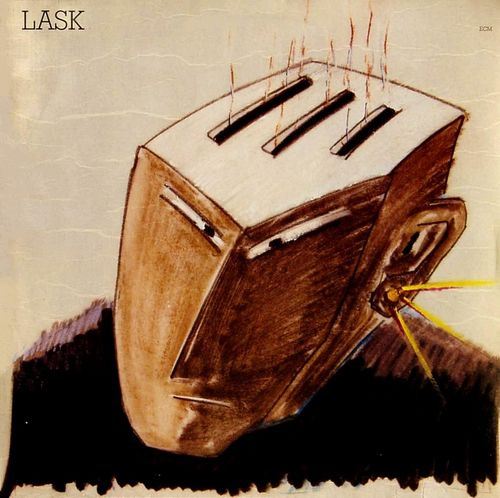 More serious scholars of ECM's sometimes sublime if clinical jazz probably felt the label had gone a bit wonky in the early Eighties, and might point to the Shankar/Caroline album or this for evidence.
More serious scholars of ECM's sometimes sublime if clinical jazz probably felt the label had gone a bit wonky in the early Eighties, and might point to the Shankar/Caroline album or this for evidence.
Fronted by altoist/synth player Ulrich P Lask with drummer Meinolf Bauschulte and Scottish avant-singer Maggie Nichols, this album is . . . different.
As someone wrote on an ECM fan page: “Take a little Mr. Bungle, mix in some Elliot Sharp, add a dash of Claudia Phillips, and you may just get something akin to this strikingly outlandish rarity from 1982”.
Nichols' lyrics are the problem, they veer between the mundane and vernacular (the woeful spoken word Kidnapped) and some post-punk anger or dramatic vocalising, and mostly just clutter up the space which the hyper-ventilating Lask is managing to fill quite comfortably.
There was Lask 2, but I didn't sign up for it.
The first Lask album is on Spotify here
.
Stephan Micus: Wings Over Water (1982)
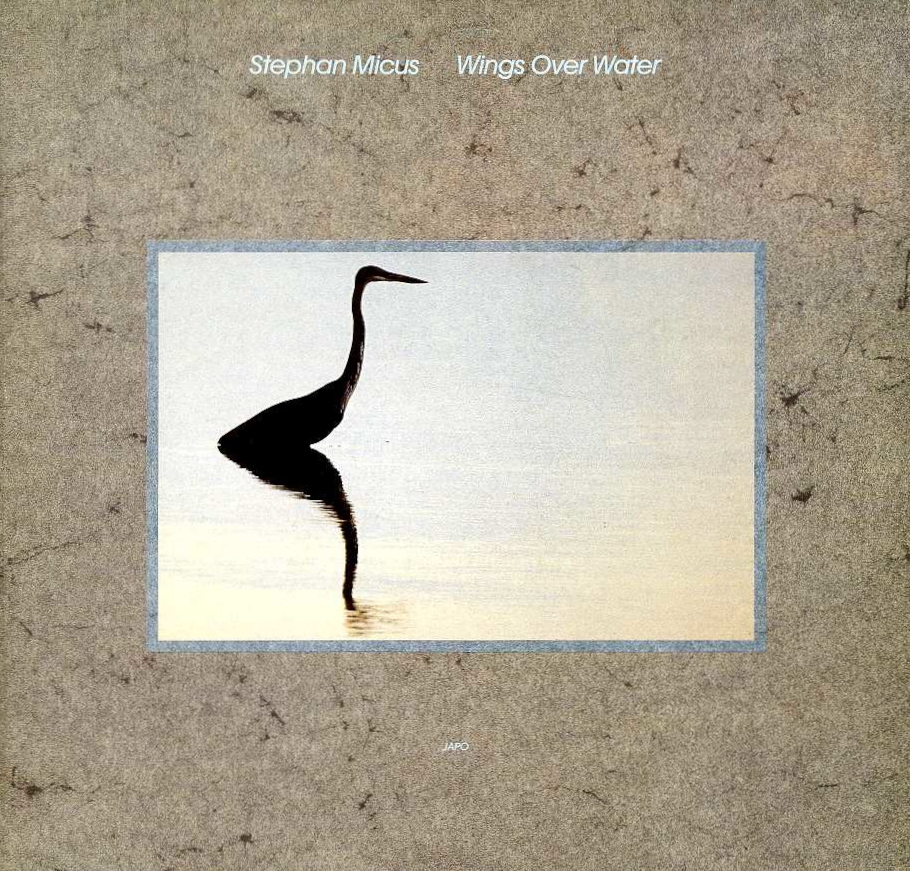 On the JAPO imprint released through ECM, this album and German multi-instrumentalist Stephan Micus has been written of approvingly at Elsewhere for the sheer beauty and hypnotic music (hmm, maybe a little New Age in places) he pulls out of exotic instruments like nay, sarangi, Balinese flute and mostly his tuned flowerpots.
On the JAPO imprint released through ECM, this album and German multi-instrumentalist Stephan Micus has been written of approvingly at Elsewhere for the sheer beauty and hypnotic music (hmm, maybe a little New Age in places) he pulls out of exotic instruments like nay, sarangi, Balinese flute and mostly his tuned flowerpots.
For this album – released the same year as Lask! – he mostly laid down layers of acoustic guitars then played the other instruments over them, and the effect of his repeated guitar figures can be quite seductive. The flowerpots and even his wordless vocals are kinda cool.
He has been a mainstay at ECM since the late Seventies and Elsewhere – on the basis of this one – happily has a fair few of his releases (on which he plays everything from bagpipes to river stones).
This album – and many others – is on Spotify here
.
Thomas Demenga, Heinz Reber: Cellorganics (1981)
 Another from the early Eighties and very different again. These four very different pieces for cello and pipe organ subsequently appeared on the ECM New Series for contemporary classical works.
Another from the early Eighties and very different again. These four very different pieces for cello and pipe organ subsequently appeared on the ECM New Series for contemporary classical works.
Although a sonic masterpiece for its tonalities, sustained drama of the huge organ and somewhat disturbing qualities (there's a disturbing Italian B-grade horror-thriller crying out for this as a soundtrack) it seems a singular entry in the ECM catalogue for these two together. Although more traditional cello work by Demenga appears frequently on the label, this was Reber's sole recording for ECM.
Pity, there is huge drama in this pairing, especially on the 16 minute piece which takes out the first side.
Not for the faint hearted or even the label's mainstream classical or jazz audience. Quite singular.
This album is on Spotify here
.
Paul Giger: Chartres (1988)
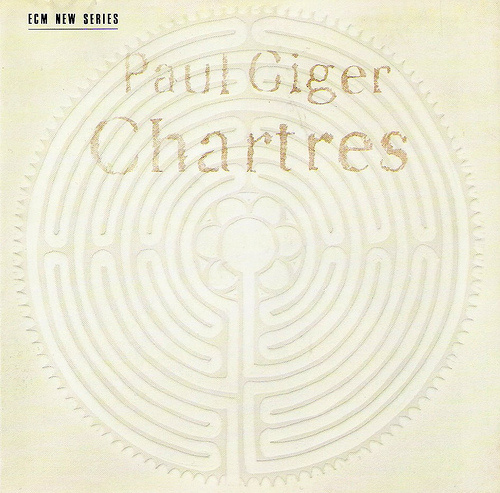 And speaking of the ECM New Series for contemporary classical work . . . Recording in large spaces where there is a long delay is not uncommon. Jazz flute player Paul Horn recorded inside the Taj Mahal and the Great Pyramid.
And speaking of the ECM New Series for contemporary classical work . . . Recording in large spaces where there is a long delay is not uncommon. Jazz flute player Paul Horn recorded inside the Taj Mahal and the Great Pyramid.
Here Swiss violinist Giger recorded these six solo pieces inside various parts of Chartres cathedral (the crypt and upper church) during the summer solstice, and although that sounds like a conceit these can be profoundly moving as he lets space and delay alternate with high drama. The piercingly high notes at the end of Crypt II sound uncannily like birds trapped in the huge space high above.
In the airy tone he achieves (notably in Crypt III) you can hear why he subsequently teamed up with saxophonist Garbarek. Both possess an ethereal tone, a folk quality and work with long melodic lines.
Unusual, even in ECM's catalogue.
This album is on Spotify here
.
Everyman Band: Everyman Band (1982)
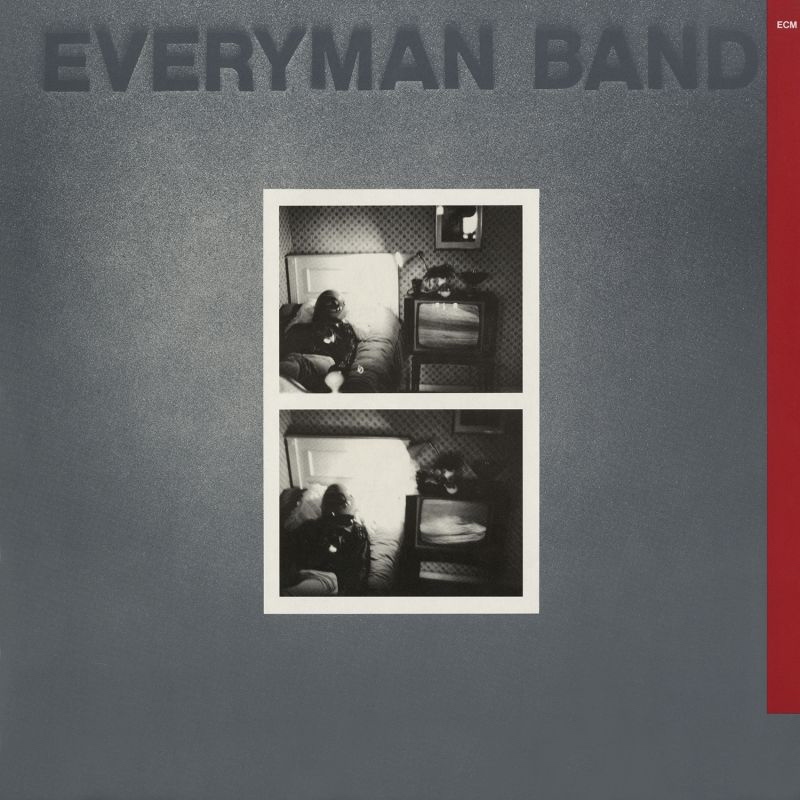 And the New York avant-movement arrives in Oslo to record this, the first of their two albums for Eicher's label.
And the New York avant-movement arrives in Oslo to record this, the first of their two albums for Eicher's label.
The band were guitarist David Torn, bassist Bruce Yaw, drummer Michael Suchorsky and saxophonist Martin Fogel (who played on Lou Reed's late Seventies albums including Street Hassle and The Bells).
Torn came out of the jam band scene but subsequently played with Garbarek and appeared on albums by everyone from Bowie to Don Cherry. Yaw – who died in September – came through psychedelic bands and largely retired after the Everyman Band years, and Suchorsky also played on a bunch of Reed's Seventies albums including Coney Island Baby, Street Hassle and The Bells.
As Everyman Band they were a free-form collective, and their visceral attack was powerful while also leaving breathing space. One for those up for a jazz-rock challenge.
This album is on Spotify here
.
Meredith Monk: Dolmen Music (1981)
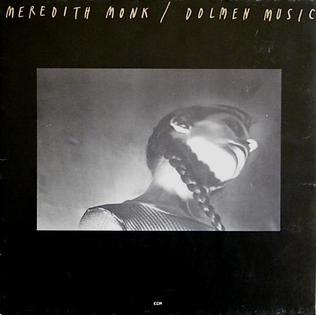 If vocalist Meredith Monk had delivered an unexpected single like Laurie Anderson did with O Superman – and that was certainly possible, check the nutty The Tale here – then many more people would know of her extraordinary techniques.
If vocalist Meredith Monk had delivered an unexpected single like Laurie Anderson did with O Superman – and that was certainly possible, check the nutty The Tale here – then many more people would know of her extraordinary techniques.
This was her debut on ECM (on the New Series) and although she had previously worked as a solo voice her she was placed with Collin Walcott (of Oregon) on percussion and violin, and also played piano for the four pieces on the first side (three of which were from her opera Education of a Girl Child).
On the second side she sang with a small ensemble she had taught her techniques to, with cello and percussion.
As she said in the liner notes, “after classical voice training and experience as a folk and rock singer, I realised that I wanted to create a vocal music that had the personal style and abstract (as well as emotional) qualities that come into play in the creation of a painting or a dance”.
Over the years she has worked with the Kronos Quartet and David Byrne, and a tribute concert to her included Bjork, John Zorn, Terry Riley and DJ Spooky.
DJ Shadow sampled her for his Endtroducing album.
Monk has performed in New Zealand and Elsewhere's journey into her remarkable catalogue on ECM began with this ear-bending outing.
Unique.
On Spotify here.
.
Heiner Goebbels/Heiner Muller: Der Mann Im Fahrstuhl/The Man in the Elevator (1988)
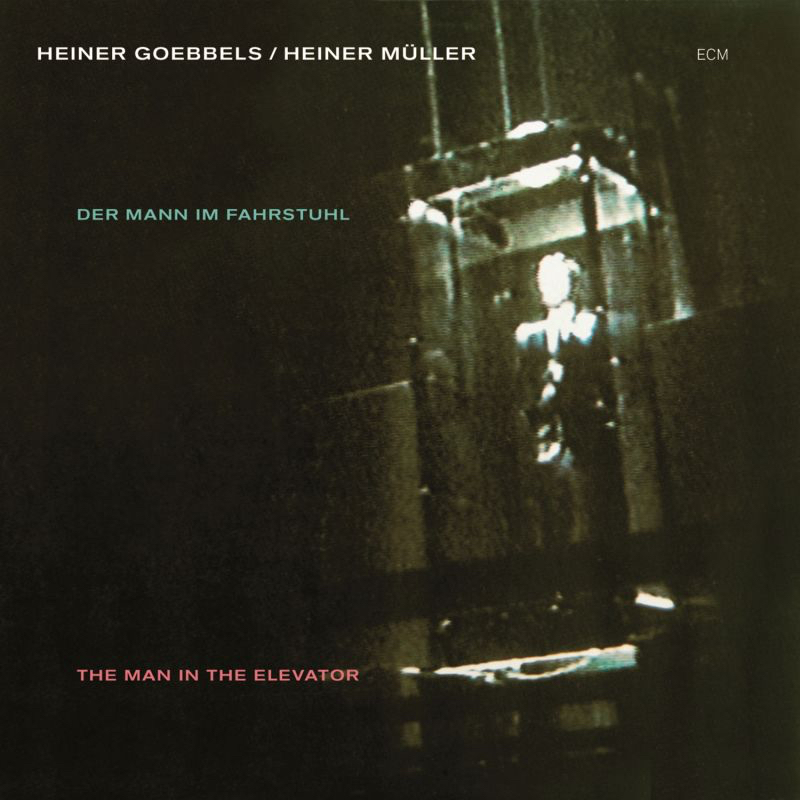 And here ECM became very selective about its audience. Even the promo sheet says that this album was “even for ECM's programme, an exceptional production”.
And here ECM became very selective about its audience. Even the promo sheet says that this album was “even for ECM's programme, an exceptional production”.
Which is another way of saying Warning: Challenge Ahead.
Or as the promo sheet tried to explain, “the album may be best characterised as a musical collage with rough and soft elements”.
Here the German composer Goebbels set a text by playwright Muller to music played by, among others, Don Cherry, Fred Frith, drummer Charles Hayward (This Heat) and trombonist George Lewis with the text read in German by Muller and Ernst Stotzner, and in English by guitarist Arto Lindsay.
So parallel texts, snatches of songs, the narrative of a world out of joint, staccato guitars . . .
Think a Germanic Lou Reed-cum-Kafka with avant-garde jazz-rock No Wave musicians . . . and if that is your thing then you can have a go on Spotify here.
Good luck. I've never got past the first side so be sure to tell me how it ends.
.
.
Elsewhere has a number of columns along these lines, click the title for the following
10 Solo Albums by Group Members
Five Odd Albums No One Should Own (but I do)
Five French Albums I'm Surprised I Own
10 Shameful Records I'm Embarrassed to Own
10 Odd Unplayed Albums in My Collection
Another 10 Odd Unplayed Albums in My Collection
10 Unusual 10 Inch Records I'm Surprised I Own
10 Shameful Record Covers I'm Proud to Own
10 More Shameful Record Covers I'm Proud to Own
And Another 10 More Shameful Record Covers I'm Proud to Own
10 Rare Free Jazz Albums I'm Proud to Own
10 Somewhat Rare Reggae Albums I'm Proud to Own
and there is probably much more . . .


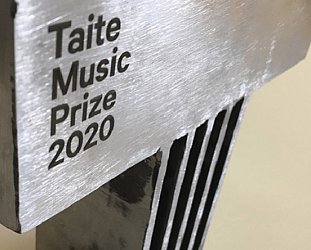
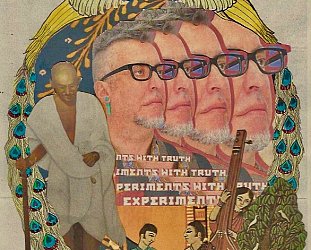
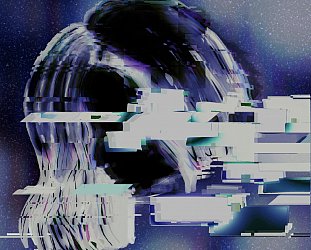
post a comment